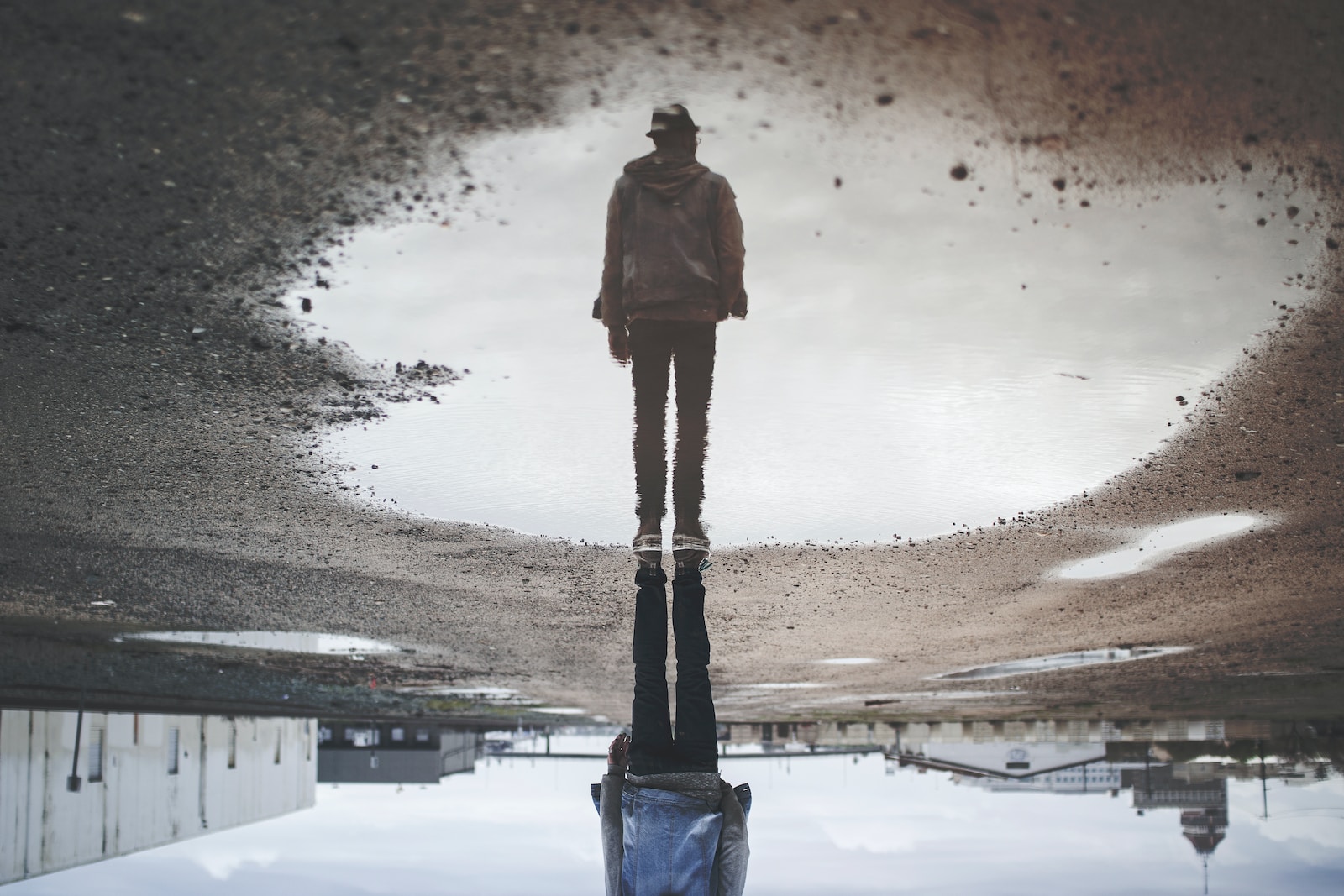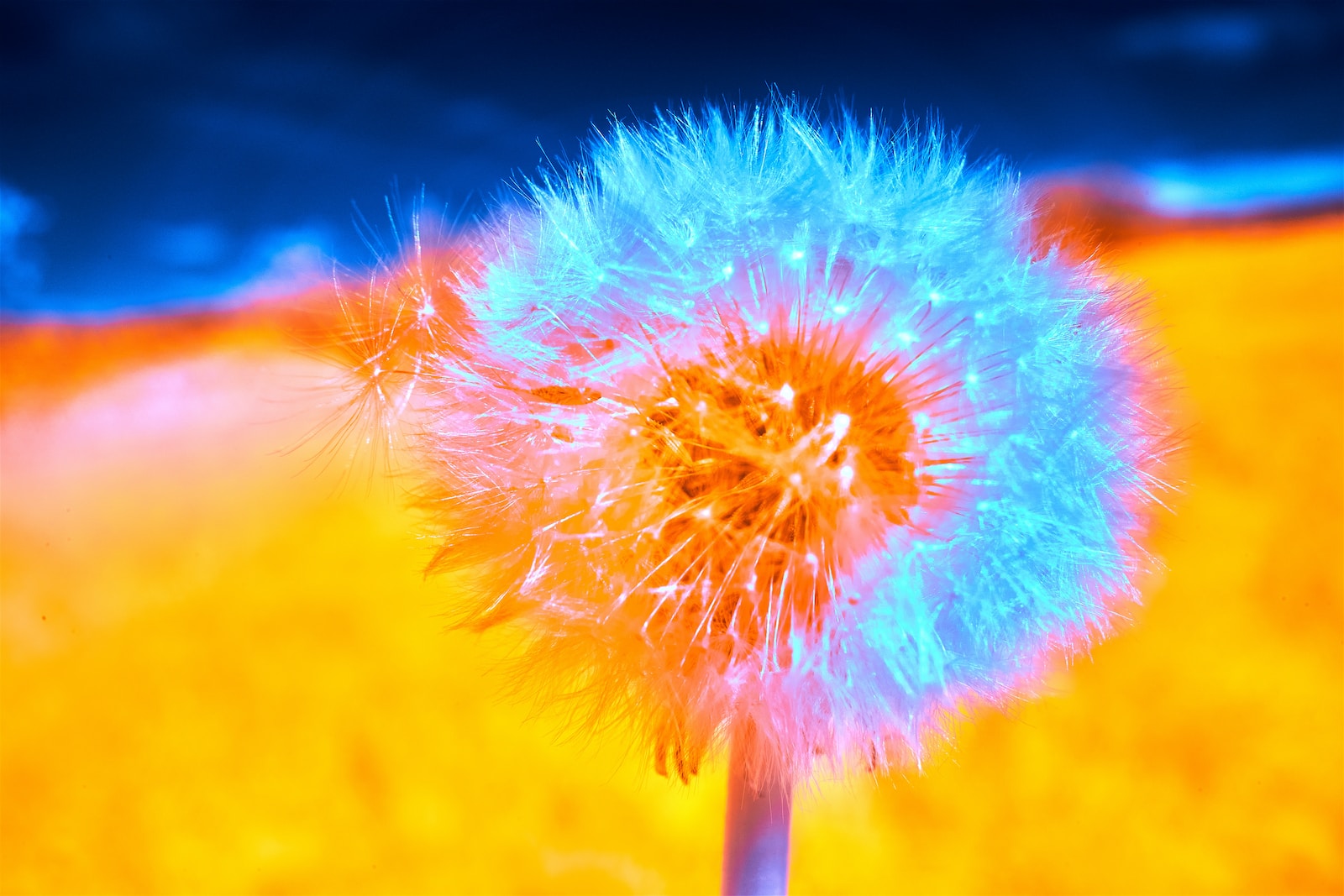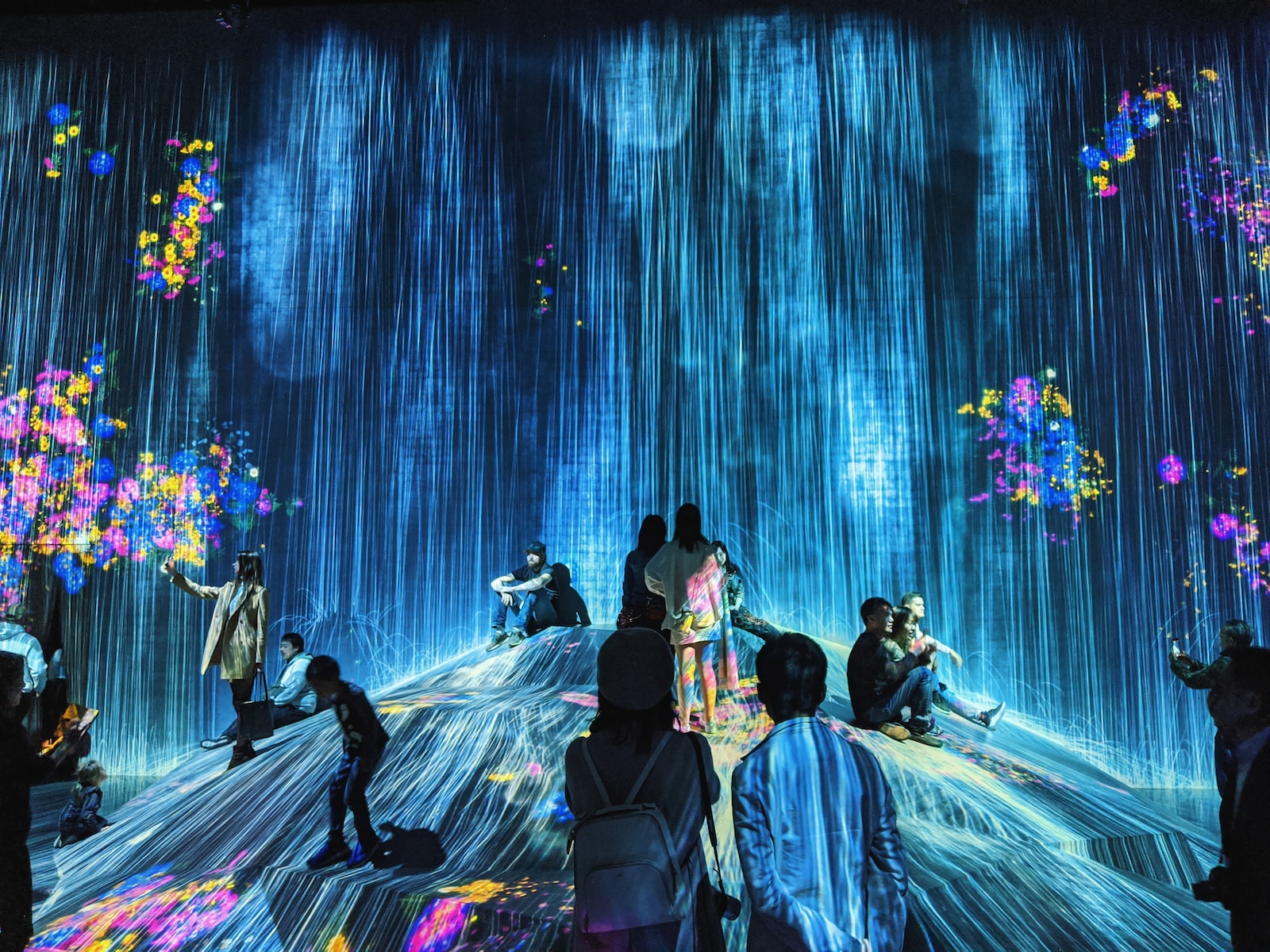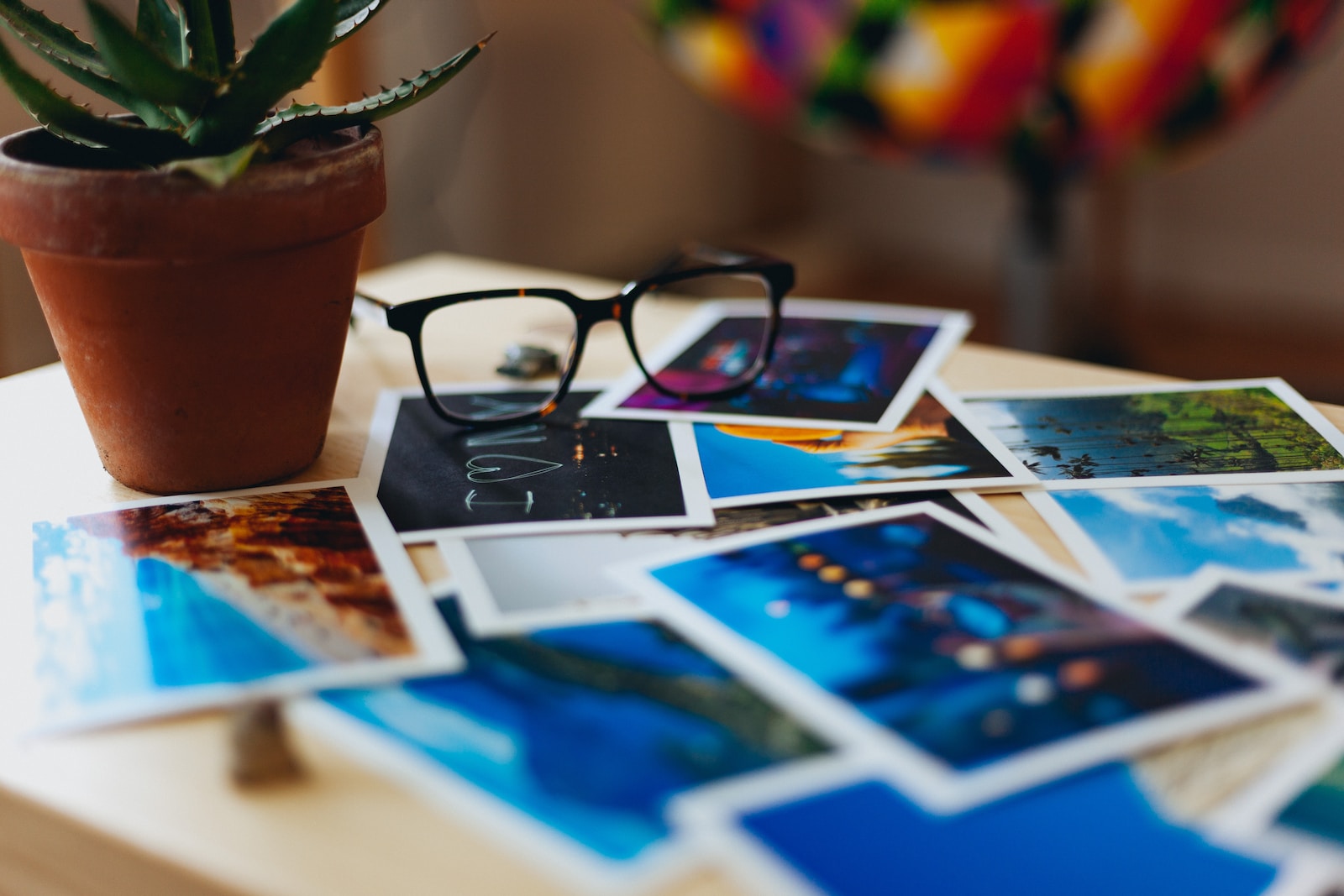Welcome to Trick of the Eye: Capturing Optical Illusions on Camera! Step into the mesmerizing world of optical illusion photography, where reality intertwines with imagination. This blog is your ultimate guide to decoding the art of capturing mind-boggling optical illusions through the lens. Join us on a journey as we explore the technicalities, equipment, and composition behind creating these captivating images that challenge our perception of reality. Get ready to unravel the secrets and techniques that transform ordinary scenes into extraordinary visual illusions.
Table of Contents
- The Art of Capturing Optical Illusions on Camera
- The Art of Capturing Optical Illusions: Equipment and Techniques
- Capturing Optical Illusions: The Best Time and Vantage Points for Photographers
- Frequently Asked Questions
- 1. What is optical illusion photography?
- 2. How can I create optical illusion photographs?
- 3. What equipment do I need for optical illusion photography?
- 4. Are there any recommended camera settings for capturing optical illusions?
- 5. What are some popular optical illusion photography techniques?
- 6. How important is composition in optical illusion photography?
- 7. Are there any post-processing tips for enhancing optical illusion photographs?
- 8. Where can I find inspiration for optical illusion photography?
- 9. How can I take my optical illusion photography to the next level?
- 10. Can optical illusion photography be used for commercial purposes?
- Wrap Up
The Art of Capturing Optical Illusions on Camera
Optical illusions have always fascinated both artists and spectators alike. These mind-bending images challenge our perception and make us question what is real. While many optical illusions are created by skilled artists using paints and pencils, photographers have also embraced the challenge of capturing these illusions on camera. In this article, we will delve into the technicalities of photographing optical illusions, explore the equipment and techniques used, and uncover the secrets behind creating captivating compositions.
Understanding the Illusion: Seeing Beyond Reality
Before venturing into the world of optical illusion photography, it is important to understand the various types of illusions and how they manipulate the way we perceive the world. From impossible figures to ambiguous patterns, there is a vast array of optical illusions that can be transformed into captivating photographs.
One popular type of optical illusion is the Ames room, where the shape of the room deceives our sense of perspective. By carefully positioning the camera and utilizing clever angles, photographers can capture mesmerizing images that make the impossible seem possible.
Another intriguing subject for optical illusion photography is the art of forced perspective. By playing with sizes and distances between different elements in the frame, photographers can create scenes where objects appear much larger or smaller than they actually are. This technique has been famously used in films such as “The Lord of the Rings” to create the illusion of characters interacting with giants.
Equipment and Techniques: Bringing Illusions to Life
To capture optical illusions effectively, photographers require certain equipment and a keen understanding of various techniques. One essential tool is a camera with manual controls, as it allows for precise adjustments in aperture, shutter speed, and focus.
When photographing illusions, using a wide-angle lens can enhance the exaggeration of perspective, making the illusion even more striking. Additionally, a tripod is crucial for maintaining stability and ensuring sharp focus.
Composition plays a crucial role in optical illusion photography. By carefully selecting the elements within the frame and using leading lines or symmetry, photographers can guide the viewer’s gaze and enhance the illusion’s impact. Experimenting with different angles and perspectives can also yield captivating results. Don’t be afraid to get low or find unique vantage points to truly mesmerize your audience.
Lighting is another aspect to consider. Shadows and highlights can add depth and dimension to the illusion, amplifying its impact on the viewer. Experimenting with different lighting setups, such as spotlights or natural sunlight, can completely transform the mood and ambiance of the photograph.
Lastly, post-processing is an important step in perfecting optical illusion photographs. Techniques such as selective cropping, adjusting contrast and saturation, and even digital manipulation can enhance the illusion’s effect and create truly mind-bending visuals. However, it is important to strike a balance and not go overboard, as authenticity and subtlety are often what make the illusion truly captivating.
By combining the right equipment, understanding the techniques involved, and unleashing your creativity, you can delve into the art of capturing optical illusions on camera. Whether you choose to explore the depths of forced perspective or challenge viewers’ sense of reality with abstract surrealism, optical illusion photography offers endless possibilities for capturing truly captivating and spellbinding images that leave a lasting impression.
Did you know that optical illusions have been used in art for centuries? From the Greek Parthenon to the Renaissance masterpieces, artists have been captivating viewers with illusions that trick the eye.
The Art of Capturing Optical Illusions: Equipment and Techniques
Capturing optical illusions through photography is a fascinating and challenging endeavor. To achieve stunning results, it’s crucial to understand the right equipment and techniques involved. In this section, we’ll explore the necessary gear and methods required to master the art of optical illusion photography.
The Ideal Camera and Lenses
When it comes to optical illusion photography, having a high-quality camera is essential. You’ll need a camera that allows for advanced manual control, as it enables you to experiment with various settings and achieve the desired effects. Additionally, a camera with a fast burst mode will prove useful in capturing moving illusions with precision.
As for lenses, several options offer unique advantages for optical illusion photography:
- Prime Lenses: Prime lenses with a wide aperture provide excellent depth of field control, allowing you to emphasize specific elements within the illusion. By playing with different focal lengths, you can create dramatic effects and enhance the illusionary aspects of your photographs.
- Macro Lenses: Macro lenses are perfect for capturing intricate details and textures in close-up optical illusions. By getting up close, you can reveal hidden patterns and elements that are otherwise invisible to the naked eye.
- Wide-Angle Lenses: Wide-angle lenses are ideal for capturing large-scale optical illusions, such as those created through forced perspective. The wider field of view enables you to encompass the entire illusion within the frame, emphasizing its grandeur and impact.
Additional Equipment and Techniques
While a high-quality camera and suitable lenses are crucial, there are a few more tools and techniques that can take your optical illusion photography to the next level:
- Tripod: Using a tripod is highly recommended when capturing optical illusions. It provides stability, allowing you to achieve sharp images, especially in low-light conditions or when working with longer exposures.
- Filters: Experimenting with various filters can further enhance the illusionary aspects of your photographs. A polarizing filter, for example, can reduce glare and intensify colors, while a neutral density filter can help create long exposures for ethereal and dream-like effects.
- Composition: Composition plays a crucial role in optical illusion photography. Pay attention to lines, shapes, and angles that can enhance the illusion’s impact. Experiment with different perspectives and viewpoints to create captivating and mind-bending images.
- Lighting: Proper lighting is key to capturing optical illusions accurately. Consider using natural light, studio lighting, or even experimenting with light painting techniques to add an extra dimension to your photographs.
Remember, the equipment and techniques mentioned above are mere guidelines to help you get started. As you explore the mesmerizing world of optical illusion photography, don’t be afraid to experiment, push boundaries, and develop your unique style. The key is to have fun and let your creative vision shine through your work.
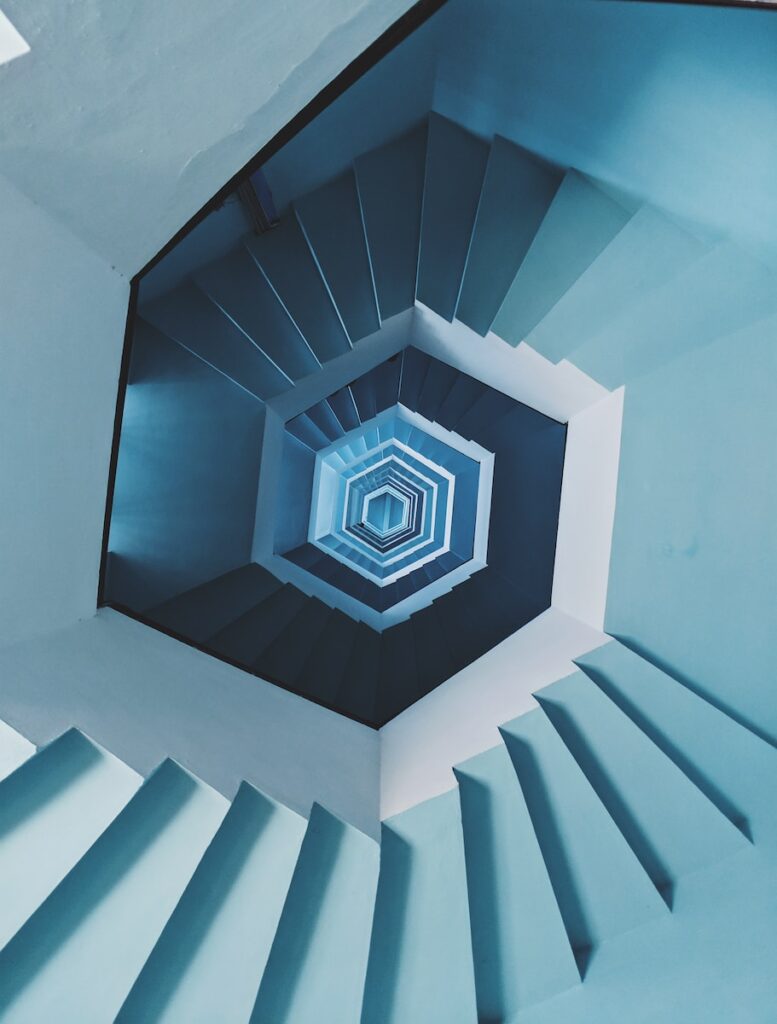
Capturing Optical Illusions: The Best Time and Vantage Points for Photographers
When it comes to optical illusion photography, timing and positioning are key factors in capturing the perfect shot. In this section, we will explore the best time of year to take photos and discuss the various vantage points and positions that will enhance your optical illusion images.
The Best Time of Year
While optical illusions can be captured year-round, certain seasons offer unique opportunities for photographers. One of the most captivating aspects of optical illusion photography is leveraging environmental elements to enhance the illusion.
- Spring: With the arrival of spring, you can take advantage of blooming flowers and fresh greenery to add depth and vibrancy to your photographs. The colors and textures of nature can create stunning optical illusions when combined with creative composition.
- Summer: The longer days of summer provide ample opportunities for experimenting with light and shadows. Sunlight streaming through trees or reflecting off water can create captivating illusions that play with perception.
- Fall: Autumn is a favorite season for photographers due to the unique color palette and dramatic landscapes. The changing colors of leaves and the soft, warm light of the season can add a surreal aspect to your optical illusion photographs.
- Winter: Snow-covered landscapes and icy surfaces offer an entirely different dimension to optical illusion photography. The stark contrast and minimalist atmosphere can produce mesmerizing illusions that challenge the viewer’s perception.
Finding the Perfect Vantage Points and Positions
Now that we’ve discussed the best time of year to capture optical illusions, let’s explore the vantage points and positions that will elevate your photographs to the next level.
- Low Angle: Getting low to the ground and shooting from a low angle can emphasize depth and exaggerate perspective, creating mind-bending optical illusions. This technique is particularly effective when photographing roads, bridges, or tall buildings.
- Overhead Shot: Taking an aerial or bird’s eye view of a scene can result in incredible optical illusions. By capturing images from a height, you can alter the viewer’s perception of size, shape, and proportion.
- Reflections: Water offers a fantastic opportunity to capture intriguing optical illusions. Look for calm bodies of water such as lakes or ponds and experiment with angles to capture reflections that create a unique sense of reality and illusion.
- Forced Perspective: This technique involves manipulating the perception of distance by placing objects of different sizes at varying distances from the camera. By skillfully positioning your subject and carefully composing your shot, you can create captivating optical illusions that defy logic.
- Long Exposure: Using long exposure techniques can produce surreal results in optical illusion photography. By intentionally blurring moving elements of your composition, you can create a sense of motion or transformation, enhancing the illusion.
Remember, the best vantage point and position for capturing optical illusions will depend on the specific scene and the effect you desire. Don’t be afraid to experiment and think outside the box to create truly mind-bending photographs.
One helpful tip in capturing optical illusions is to experiment with different angles and perspectives. By changing your vantage point, you can create unique and captivating images that play with the viewer's perception. Get low to the ground, try shooting from above, or even tilt your camera for an interesting tilt-shift effect.
Frequently Asked Questions
1. What is optical illusion photography?
Optical illusion photography is a genre of photography that aims to capture images that deceive the viewer’s perception. It plays with visual tricks and illusions, creating images that challenge our understanding of reality.
2. How can I create optical illusion photographs?
To create optical illusion photographs, you need to employ various techniques such as perspective, forced perspective, framing, and use of props or objects. Experiment with angles, lighting, and composition to manipulate the viewer’s perception and create visually captivating illusions.
3. What equipment do I need for optical illusion photography?
You can start with any camera, whether it’s a smartphone, a point-and-shoot, or a DSLR. However, having a camera with manual settings and interchangeable lenses gives you more control over the creative process. Additionally, a tripod can be helpful for maintaining stability during long exposures or intricate setups.
4. Are there any recommended camera settings for capturing optical illusions?
The camera settings will depend on the specific illusion you are trying to create. However, it’s generally a good idea to shoot in manual mode for greater control over aperture, shutter speed, and ISO settings. Experiment with different settings to achieve the desired effect, and don’t hesitate to embrace trial and error.
5. What are some popular optical illusion photography techniques?
Popular techniques used in optical illusion photography include levitation, mirroring, anamorphic illusions, and forced perspective. Levitation involves making subjects appear as if they are floating, while mirroring plays with reflections and symmetry. Anamorphic illusions distort perspective, and forced perspective manipulates size and depth perception.
6. How important is composition in optical illusion photography?
Composition plays a crucial role in optical illusion photography. It helps guide the viewer’s eye and enhances the illusion. Consider elements such as leading lines, symmetry, and framing techniques to create strong and visually appealing compositions. Experimenting with different compositions can greatly enhance the impact of your optical illusion photographs.
7. Are there any post-processing tips for enhancing optical illusion photographs?
Post-processing can be a valuable tool to enhance the impact of your optical illusion photographs. Experiment with adjustments in contrast, saturation, and color balance to bring out the illusion’s details. Additionally, using software like Photoshop or Lightroom can allow you to further manipulate elements to strengthen the illusion.
8. Where can I find inspiration for optical illusion photography?
Inspiration for optical illusion photography can be found everywhere, from everyday objects and nature to architectural structures and artworks. Explore the works of renowned photographers in this genre, study optical illusion art, and train your eye to notice unexpected perspectives and hidden illusions in your surroundings.
9. How can I take my optical illusion photography to the next level?
To take your optical illusion photography to the next level, continue experimenting and pushing the boundaries of your creativity. Learn from others in the field, seek feedback, and constantly challenge yourself to think outside the box. Embrace failures as learning opportunities and always strive to refine your technique and style.
10. Can optical illusion photography be used for commercial purposes?
Absolutely! Optical illusion photography can be a captivating and attention-grabbing medium for commercial purposes. It can be utilized in advertising campaigns, brand promotions, and even editorial shoots. The unique and intriguing nature of optical illusions can help businesses create memorable and visually striking content.
Wrap Up
In conclusion, capturing optical illusions through photography is an art that requires technical expertise and a creative eye. By understanding the concepts of optical illusions, using suitable equipment, and mastering composition techniques, you can unlock a world of captivating images that challenge perception.
Optical illusion photography offers a unique way to play with reality and create mind-bending visuals that deceive and amaze. So grab your camera and let your imagination run wild!
Have you tried capturing optical illusions on camera? What challenges did you face? Share your experiences and thoughts in the comments below. We’d love to hear from you and see your stunning illusionary photographs!
